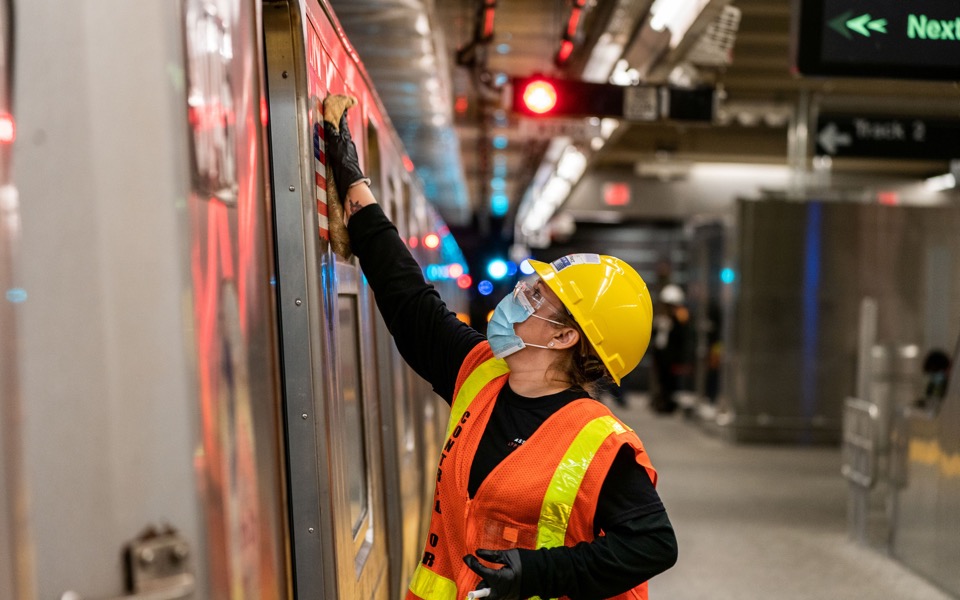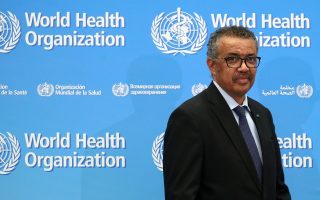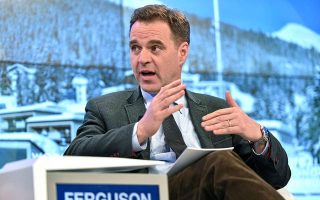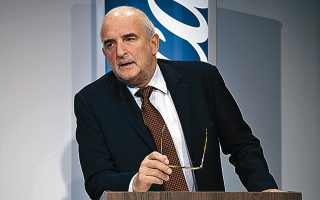Pandemic expert presents four steps to defeating coronavirus

Tom Frieden is one of the world’s top experts in health policy and administration as well as everything concerning pandemics, and that’s why his advice is always take into consideration in the US and often elsewhere too. During Barack Obama’s presidency, having served as the New York City commissioner of health from 2002 to 2009, Frieden was appointed director of the Centers of Disease Control and Prevention (CDC). The CDC is the preeminent institute for public health in the US, developing policies for preventing and tackling infectious diseases in the US and worldwide.
Frieden had a major role in fighting Ebola in West Africa in 2014. He even visited the infected area himself and organized a broad network of 600 US experts who were employed to combat the disease. Today he is the president and CEO of the international nonprofit Resolve to Save Lives, which is supported by Bloomberg Philanthropies, the Chan Zuckerberg Foundation and the Bill & Melinda Gates Foundation. Its aim is to prevent 100 million deaths through building up defenses to fight future epidemics.
On January 30 this year, Frieden penned a widely cited article for the Washington Post titled “The next pandemic is coming. We’re not prepared for it.” Three months later, his warning proved correct. Kathimerini contacted the 59-year-old doctor and asked him about the real death rate from Covid-19 and whether better preparation would have helped the world to avoid costly lockdowns.
Recent research by a Stanford University team into Covid-19 antibody seroprevalence in Santa Clara County, California indicated that many more people may have contracted the coronavirus without presenting any symptoms than those who it made ill. Therefore, it is quite possible that the novel coronavirus is significantly less deadly than it is currently assumed to be. The Stanford team discovered that its findings were in line with the preliminary findings of similar studies in Italy, Germany, the Netherlands and Denmark.
Frieden doesn’t question these studies but is very reticent in his interpretation, pointing out that even a low death rate can be translated into a major public health emergency given Covid-19’s high infection rate.
“As early studies become available, it’s important to evaluate the data carefully to determine what could help guide policy. World Health Organization-supported studies of antibody prevalence are currently under way across a number of countries. These studies will share the same methodology and validation procedures and should provide a clearer global picture. At an individual level, even if tests show that antibodies are present, we still don’t know if that person is protected from reinfection, whether they have developed an immunity to the virus, or how long that immunity may last. What we do know is that the virus is more severe among the elderly and people with pre-existing medical conditions. We’ve seen how deadly this virus can be among these groups. No one should make the mistake of underestimating this virus. In less than two months, it has killed more than 15,000 people in New York City – this is in the range of the worst pandemic in modern history, the 1918-19 influenza pandemic.”
Recently, the discussion as to whether lockdowns were inevitable has been reignited. Were they imposed only because many Western leaders were caught off-guard and didn’t heed WHO warnings to prepare themselves until it was too late?
Frieden obviously does not want to take part in a debate about the “what-ifs.” He only points out that we are talking about a new virus: “This is an entirely new virus. We don’t have a vaccine. Non-pharmaceutical interventions – including hygiene measures and physical distancing – have helped to flatten the curve, and every day matters. Our analysis suggests that if New York City had started lockdown two days later, the number of cases and deaths could have doubled. We need to be clear about the role of physical distancing. It helps reduce transmission, flatten the curve and give health systems time to prepare, but this deadly virus is still present. Our ‘Box It In’ strategy offers a path to reopen as soon and safely as possible. It identifies four essential actions to box in the virus: 1) Expand and prioritize testing; 2) isolate infected people to prevent spread; 3) identify contacts who may have been exposed; and 4) quarantine contacts. All four are crucial; if any one is lacking, the virus can escape and spread explosively again, leading to the need for further lockdowns.”





